How to grow a tamarack tree – expert advice for these colorful conifers
Learn how to grow the beautiful North American native tamarack tree
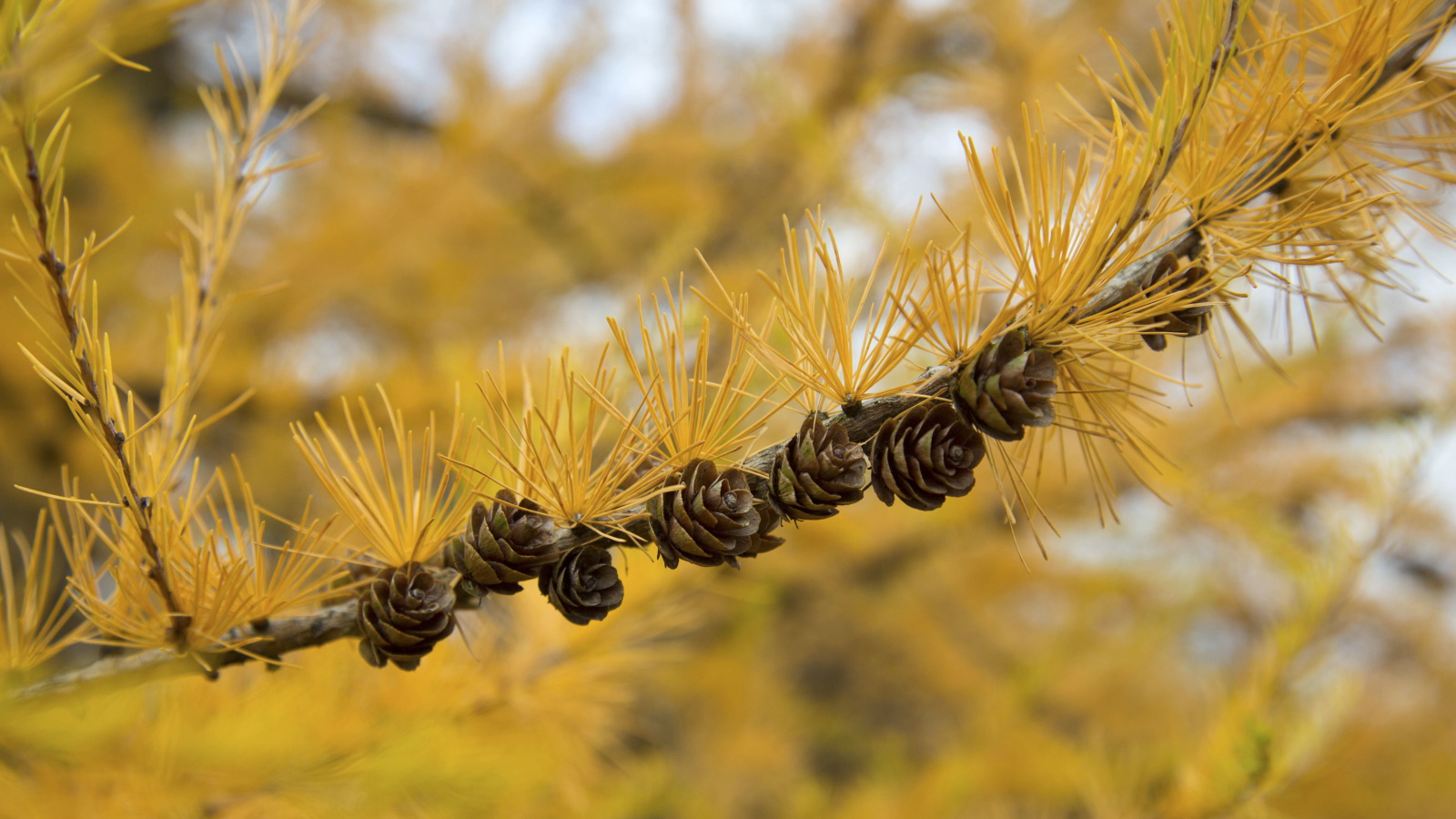

If you're eager to learn how to grow a tamarack tree in your back yard, there are a few specific growing conditions it prefers in which to thrive.
Most conifers are familiar to us as dark evergreen trees with waxy needles. They are often drought-tolerant, and great for providing our gardens with year-round structure and texture. However, the tamarack tree loves moisture, swamps and boggy ground, and thrives in cool climate zones. And, it ends the growing season with a spectacular show as the needles turn to burnished gold and fall to create a beautiful forest floor, making it one of the best trees for fall color.
The tamarack tree, or American larch, stands out among conifers. It’s one of the few deciduous conifers that, like both the dawn redwood (Metasequoia glyptostroboides) and the bald cypress (Taxodium distichum) have startling fall color.
It’s a signature tree in the wilder, mountainous landscapes of the northern United States and Canada and offers interest through the seasons. There is fresh spring growth, reddish nut-sized cones, as well as that fall color. And even when it’s just a silhouette of branches, the beautiful textured bark holds the attention through winter. Plus, planting native trees, such as tamaracks, is always a good choice to support local wildlife such as birds and smaller mammals.
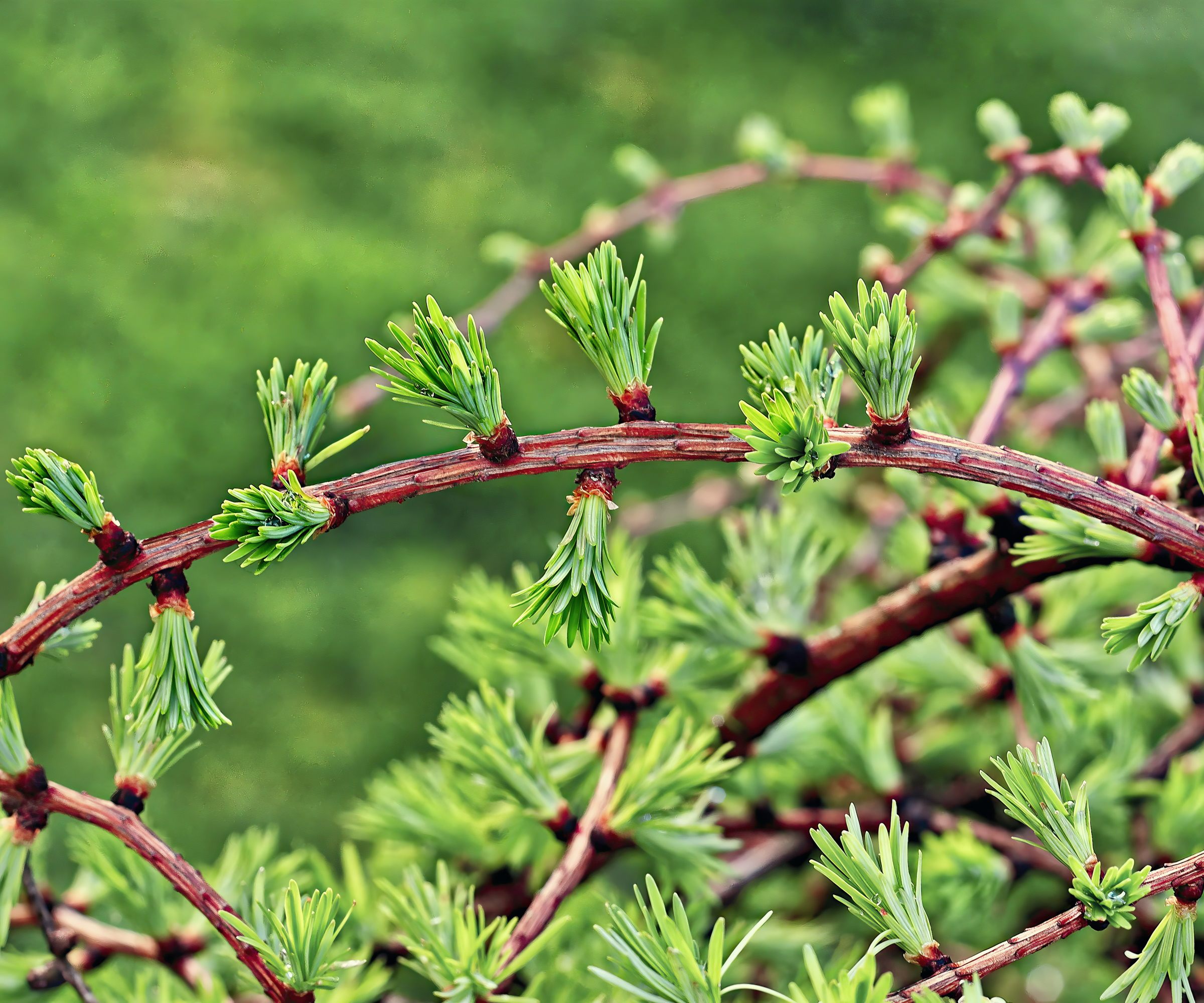
Tamarack key facts:
- Plant type: Deciduous coniferous tree
- Mature size: 60ft x 30ft
- Soil type: Slightly boggy or consistently damp
- Soil pH: Acidic
- Time of year to plant: Fall
- Flowering/fruiting time of year: Spring cones, maturing through summer
- Hardiness zones: USDA 2-5
- Scientific name: Larix laricina
- Common name: Tamarack
While the species tamarack tree is a tall, stately conifer, there are smaller cultivars, many of which are slower-growing, dwarf variations. These range in size from barely 12in up to around 10ft, offering plenty of backyard tree options for smaller plots and containers.
The North American Conifer Society lists 13 tamarack cultivars. You can find a selection of these below, to consider for your backyard.
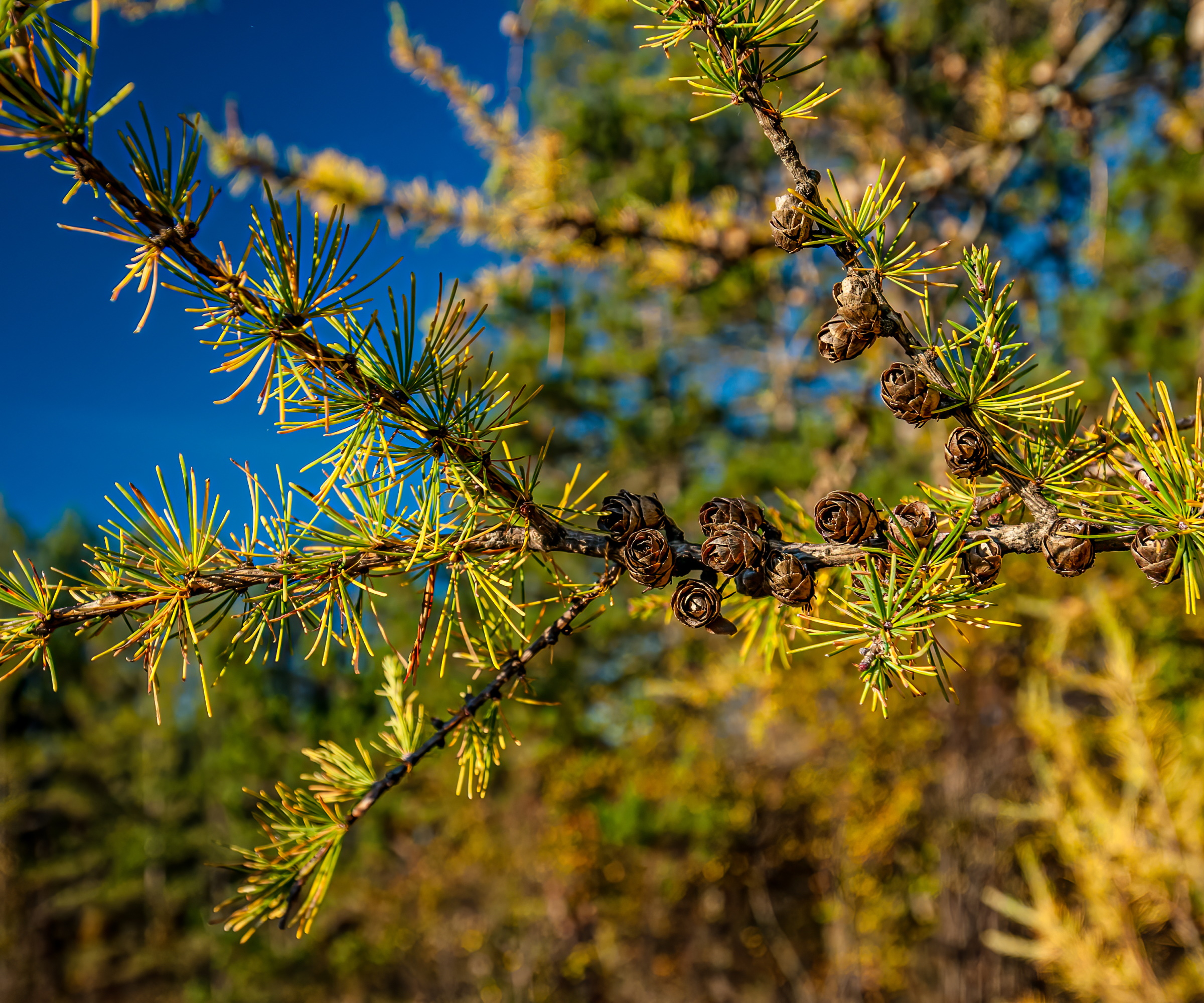
Types of tamarack for your backyard
- Larix laricina 'Ethan': With an upright habit, this smaller variety is good for compact yards. It reaches a height of 6-8ft (2-2.4m) after 10 years.
- Larix laricina 'Northern Torch': A densely-covered, compact, fast-growing tree that reaches a maximum height of 5ft (1.5m) after 10 years.
- Larix laricina 'Postus': This variety puts on around 2-3ft of growth a year, growing larger than other cultivars at its eventual height of around 12ft (4m) after 10 years. However, it's still easy to accommodate in an average-sized yard.
- Larix laricina 'Nash Pendula': This unusual and graceful pendulous version makes a really attractive addition to the garden, with a maximum height of 10ft (3m) after 10 years.
- Larix laricina 'KBN WB': A vigorous, broadly upright tamarack with densely-packed, semi-fastigiate branches holding light green foliage that turns straw-yellow before being shed in the fall. After 10 years of growth, a mature specimen will measure 6ft (2m) tall and spread to 4ft (1.3m), with an annual growth rate of 6-8in (15-20cm).
- Larix laricina 'Stubby': A dwarf mounded cultivar that makes a shrubby version of tamarack, with slightly glaucous green needles and the same golden fall coloring. It will grow to just 12in (30cm) in 10 years.
- Larix laricina 'Deborah Waxman': A compact but upright cultivar, with blueish-green needles and a medium height after ten years of 3ft (1m).
- Larix laricina 'Bear Swamp': A slow grower, with darker mature needles. After 10 years of growth, a mature specimen measures a height of 32in (80cm) with a spread of 48in (130cm).
- Larix laricina 'Blue Sparkler': An upright tree with a blueish-green hue to the needles, as the name suggests. Grows to a height of 3ft (1m) with a spread of 30in (75cm).
- Larix laricina 'Newport Beauty': A very slow-growing, low-mounding globose selection of tamarack, with ultra-dense twiggy branching holding tiny bluish-green needles. It has an annual growth rate of 1-2in (2.5-5cm). After 10 years, a mature specimen will measure 12in (30cm) in height, and 24in (60cm) in width.
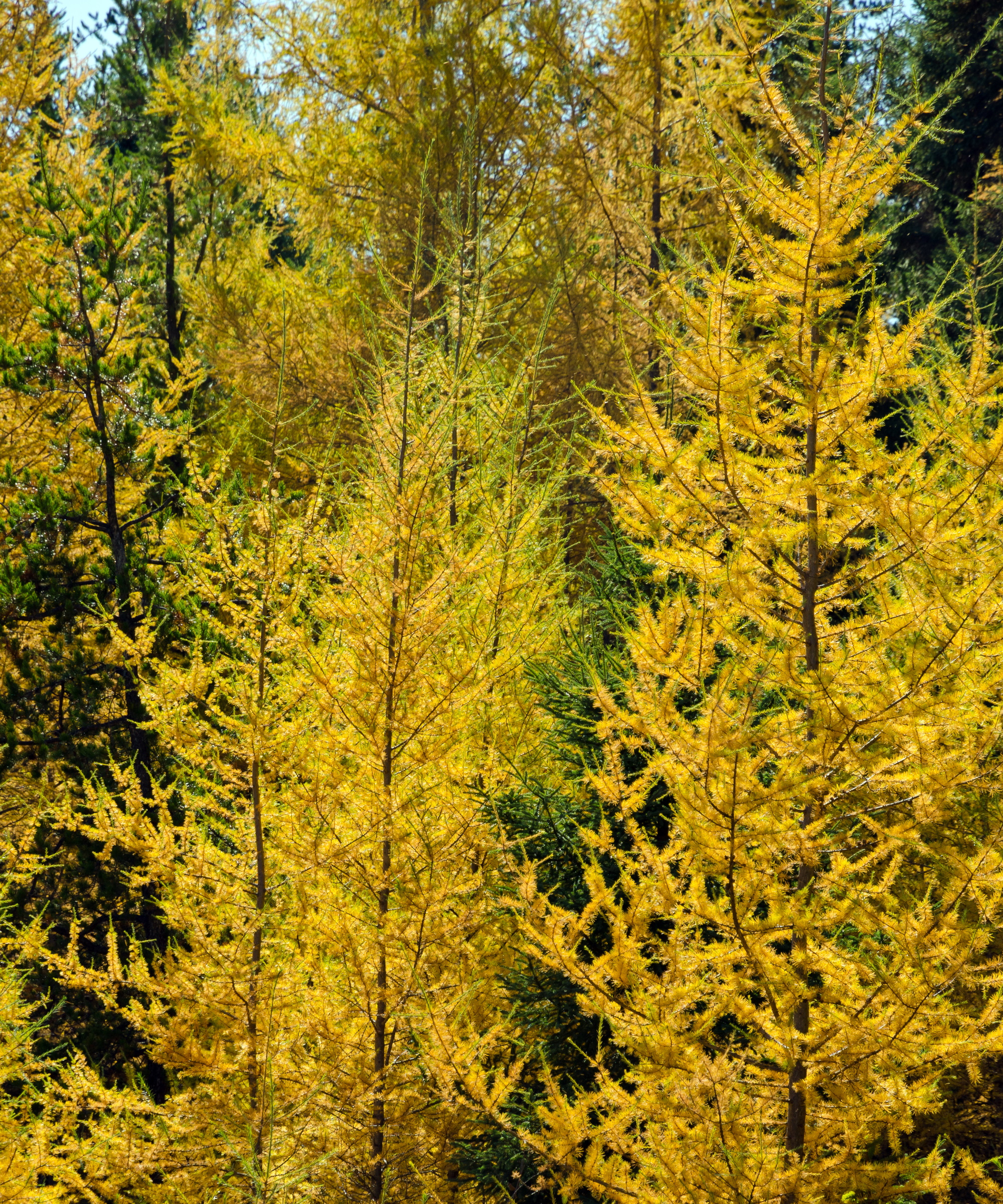
How to use a tamarack in your yard
If you want to create a naturalistic design that evokes the typical wild North American landscape, plant species tamaracks. But give them plenty of room – these are large, statuesque trees that need space to accommodate their size.
At Nature Hills online plant nursery, the experts advise that 'American larch looks great when grown in groups of three or more. It gives an instant natural woodland feel to your landscape. These are beautiful natives for all you northern gardeners.'
Combine with other evergreen conifers, using them as a backdrop to showcase the glorious fall coloring of the tamarack. Planting by water, particularly a lake, makes a spectacular focal point, as the reflection of the trees will add to the fall foliage show.
You can also plant alongside other trees with fall color – think about creating a mid-story layer of trees with maples, for example, and lower-growing shrubs, as you might find in nature.
For smaller yards, try dwarf varieties that will allow you to achieve a scaled-down version of the same unique textures and color effects.

Where and how to plant a tamarack tree
Be mindful of choosing the right location for the tamarack tree, where it has space to grow to its full size.
The natural habitat of tamarack trees is in boggy, waterside areas, and in the wild, they are found in peat bogs where the soil doesn’t dry out and is acidic. However, tamarack trees have been known to cope well with other soil conditions, provided they aren’t allowed to dry out completely.
Julie Janoski, owner of Janoski Design and a former Plant Clinic Manager at The Morton Arboretum just outside Chicago, Illinois, advises: 'Tamarack grow best in their native range, with its southern edge from the Great Lakes down through Pennsylvania and New Jersey. They do not tolerate summer heat or urban pollution.'
For best results, plant in full sun, which will also really highlight the fall coloring. Always plant into a generous hole, adding well-rotted organic matter, and water well until the young tree has established.
If planting full-sized varieties of tamaracks with other large trees, allow at least 20ft (6m) between specimens. Smaller, dwarf cultivars can be grouped closer together to create a mixed conifer display.
Once they have matured, keep them well-watered during dry periods as they are not drought-tolerant trees.
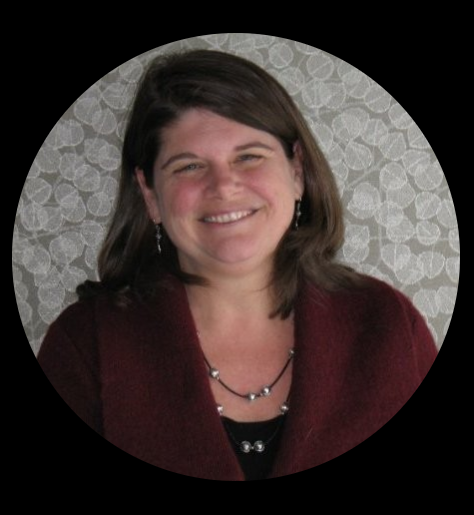
Julie Janoski is the owner of Janoski Design, and a former Plant Clinic Manager at The Morton Arboretum in Chicago.
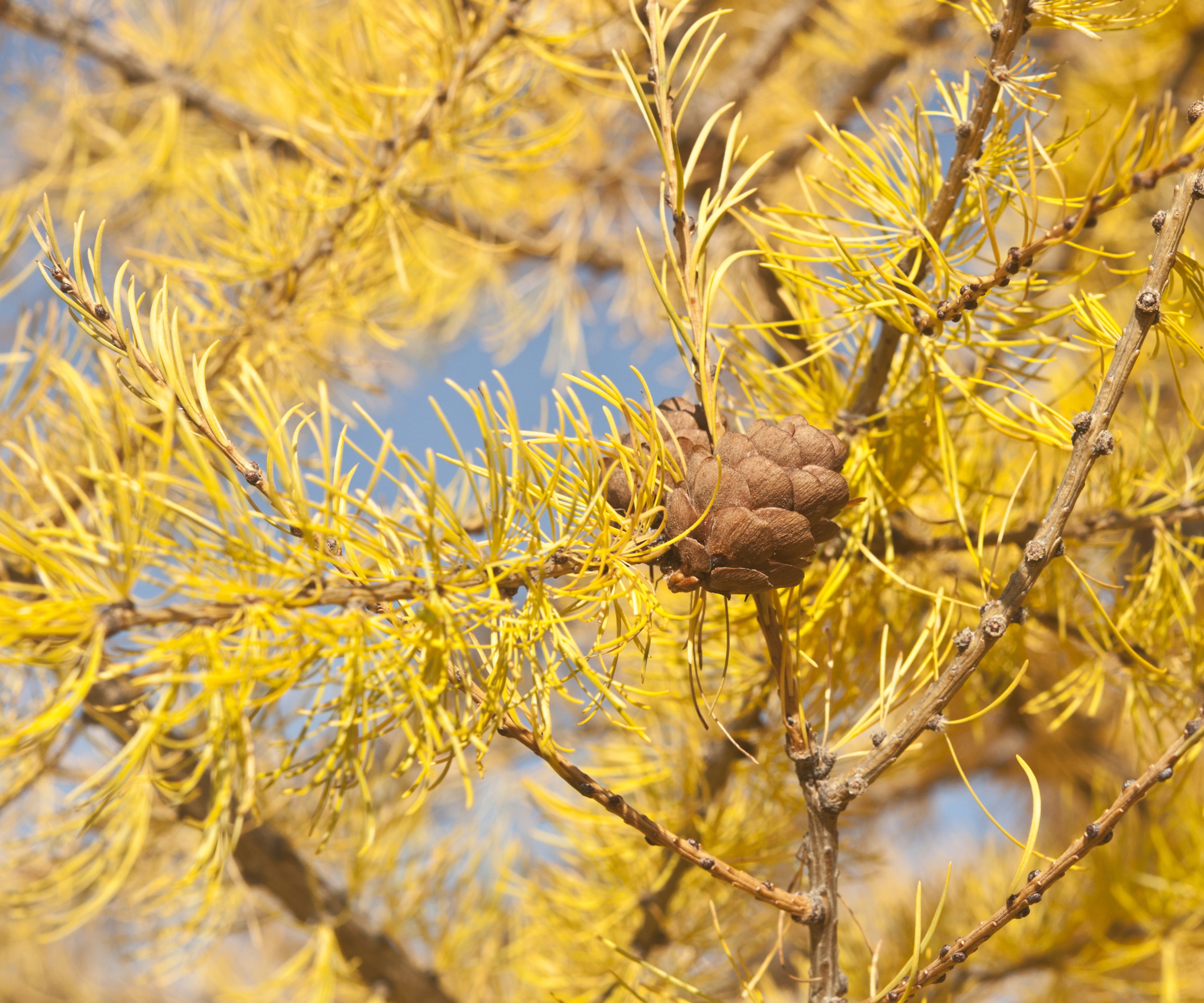
How to make more tamarack trees
If you're looking to make new, free plants from your tamarack tree, it is possible to grow them from seed found in the cones. However, most cultivars are propagated by grafting.
Many of the dwarf cultivars were originally spotted growing as ‘witches brooms’ or, as described by the American Conifer Society, naturally-occurring mutations on a wild species tree. The cultivars have subsequently been grafted and developed from these.
Common problems with tamarack trees
Tamarack trees can be prone to pests that cause the trees to drop their needles early. There is also a recognized disease in some areas known as SLDS (Sudden Larch Death Syndrome) which causes trees to die back suddenly without reason during hot summer weather. It particularly affects older trees.

FAQs
Are tamarack and larch the same tree?
Tamarack is also known as the American larch, and it is in the same botanical family as other larches. Larches grow across the northern hemisphere and share similar characteristics, such as the deciduous needles. The cones of the tamarack tree are among the smallest of the larches, so are a useful tool for identifying them.
If you're considering learning how to add and grow a tamarack tree in your backyard, remember they prefer colder climates and boggier soil, so they will thrive better in the northern parts of the country. Once established, they will reward with height, structure and fantastic color, especially in the fall.
Sign up to the Homes & Gardens newsletter
Design expertise in your inbox – from inspiring decorating ideas and beautiful celebrity homes to practical gardening advice and shopping round-ups.

In her years of gardening, Camilla has designed planting schemes for gardens large and small in and around London, written about plants and how to grow them, and worked on BBC gardening TV shows in the UK. She's also works as a therapeutic horticulturist, teaching growing for wellbeing and mental health.
-
 Plants never to grow next to fruit trees
Plants never to grow next to fruit treesExpert advice on which plants to keep away from fruit trees to encourage a healthy harvest
By Jacky Parker Published
-
 Martha Stewart's tips for arranging daffodils are unbelievably simple and effective – it's the only flower advice you need this springtime
Martha Stewart's tips for arranging daffodils are unbelievably simple and effective – it's the only flower advice you need this springtimeMartha shows us that we can create gorgeous bouquets of this seasonal flower by simply trimming the stems and placing them in specific vases
By Hannah Ziegler Published